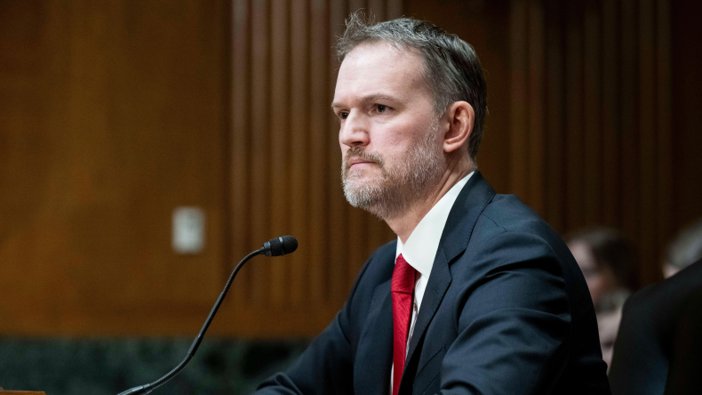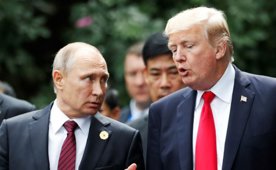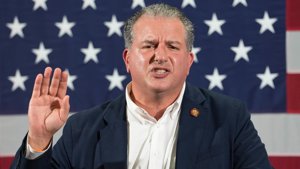
Trump Tariffs Begin as China Stays Silent
United States Trade Representative Jamieson Greer confirmed on Tuesday that the tariffs announced by President Donald Trump on April 2 officially take effect today. In testimony before the Senate Finance Committee, Greer emphasized the need to confront the growing trade deficit, calling it "the manifestation of the loss of our nation's ability to make, to grow, to build."
Greer underscored that the tariff measures are a central part of the administration’s broader economic strategy aimed at reviving domestic production and manufacturing capabilities. He pointed out that nearly 50 countries have reached out to the US government to discuss ongoing trade policies and to explore frameworks for achieving reciprocity in trade agreements.
However, Greer noted a significant exception—China. According to him, China has made no effort to initiate dialogue or express interest in working toward reciprocal trade relations. “China has not reached out and has not indicated that it wants to work with us toward reciprocity,” he told the committee. This silence stands in contrast to the growing number of nations seeking trade negotiations or clarification from Washington.
The tariffs come at a time of heightened global focus on trade imbalances and economic nationalism. President Trump’s administration has frequently framed the US trade deficit as a fundamental weakness in the country’s economic posture and a symptom of outdated trade agreements. The new tariff measures are intended to compel trading partners—especially those with large surpluses vis-à-vis the US—to renegotiate on fairer terms.
Although the list of targeted countries was not specified in Greer’s remarks, the White House had previously indicated that the measures would affect both allies and rivals in an effort to level the playing field. The goal, Greer reiterated, is to restore economic independence by reinforcing America’s ability to produce and compete globally.
As of today, the tariffs are officially in place, marking a pivotal moment in President Trump’s trade policy agenda. Whether these steps lead to renegotiated agreements or intensify global tensions remains to be seen, but the administration is holding firm on its demand for balanced and fair trade.






